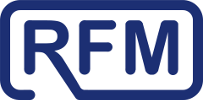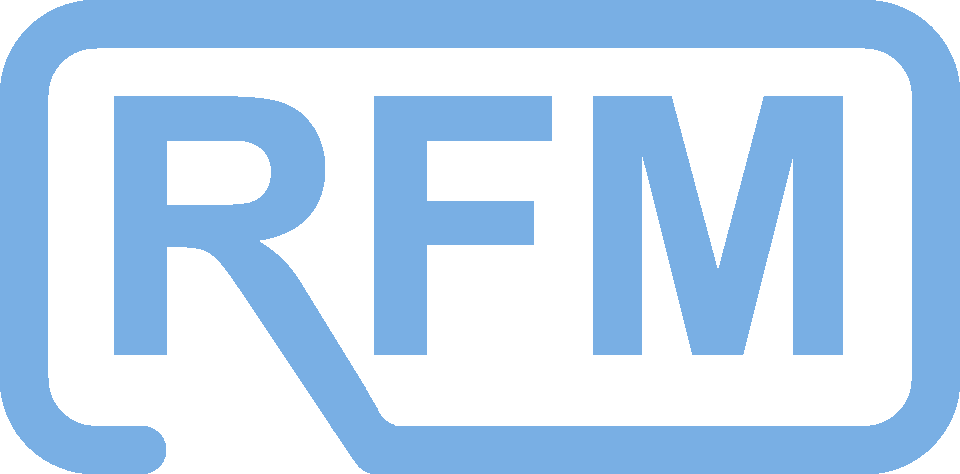RFM is a young company with cutting-edge technology, and a mission to transform risk management in financial services. Its roots
bring together decades of top-level expertise in quantitative finance, enterprise software development, and pioneers of machine intelligence
RFM is a joint venture between Silicon Valley-based
Quantellia LLC
and leading Australian financial risk consulting firm, Q-Risk Strategies. Our history goes back several years in successful
collaborations between the two joint venture partners (who are also its sole owners). Quantellia LLC founded, on a mission whose premise
is that humans need more than data and analytics to make the best decisions; they need to be able
to answer the fundamental question of every decision maker, namely, “If I make this decision, what will the outcomes be?” In pursuit
of this, Quantellia has developed a powerful suite of data, machine learning, analytic, visualization and simulation technologies.

|
View the video Teaching Computers to Think Like Decision Makers presented by Mark Zangari, Quantellia's CEO and RFM's CTO
|
RFM’s other joint venture partner is Q-Risk Strategies specializes in developing and executing risk management strategies for the banking sector,
ranging from smaller, regional banks to some of the world’s largest institutions, several of which achieved Basel
accreditation under Q-Risk’s guidance. As Q-Risk came to understand the challenges its customers faced in managing
commercial credit, market, operational and other risks, it recognized that Quantellia’s technology offered a powerful
and unique solution to many problems which, until then, had remained unsolved.
For example, most banks with a commercial credit business maintain several probability-of-default (PD) models that
they use to “rate” applicants for credit facilities. These models typically integrate with several of the
line-of-business applications used in front-line banking (such as loan origination). Whenever a model is updated,
the changes must be mirrored in all the affected applications–a process that typically involves much IT effort and
takes many months, or sometimes years. Q-Risk identified Quantellia’s unique capability to embed line-of-business
application rules within the risk models themselves as a solution to this problem, enabling a server to be
established that automatically propagated changes to line-of-business applications directly from model changes.
This removed almost the entirety of the IT workload from the model update process (final QA being all that was required).
Furthermore, the models themselves could be version-controlled, change-tracked and utilize automated
documentation capabilities, making regulatory compliance much less labor intensive.
After several such successful collaborations, Q-Risk and Quantellia recognized a set of key, repeatable
use-cases where banks could reap dramatic benefits if the principles on which the two companies had
based their collaborative solutions were productized. Chief among these was the realization that if
the correct information architecture was created for managing risk, and the right data could be captured
and harvested during normal business operations, then all downstream risk management tasks were
dramatically simplified, significant cost could be removed, and enormously powerful tools could be built,
such as dynamic, real-time “risk dashboards” for any portfolio (i.e. RFM’s “Risk Cockpit”).
Regulatory compliance, in particular, becomes largely a bi-product of the risk management architecture,
rather than a dedicated activity consuming considerable overhead. Most current software vendors with
operational solutions for banks have concentrated on providing specific functional capabilities
(trading, loan management, collections, etc.), rather than offering an integrated risk management
platform—a feature eagerly sought by risk managers. Consequently, an opportunity exists to create
an over-arching “risk supervision” layer that draws data from the operational systems, presents this in
near-real-time for analysis and interaction to management, and allows risk model changes and other rules
to be automatically fed back into the operational layers.
RFM was incorporated to fulfill precisely this need.



